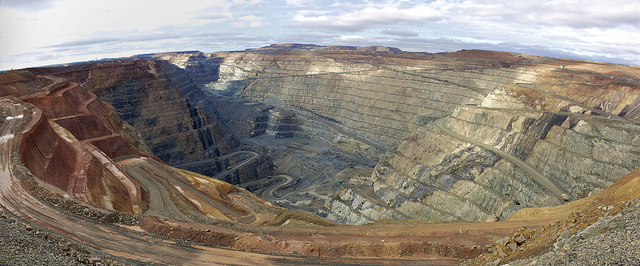The Bankwest Curtin Economics Centre at Curtin University released a report which showed the mining boom has generated up to 65% more wealth for the top 20% of West Australian households.

Professor Alan Duncan, Director of the Bankwest Curtin Economics Centre, said the boom had brought benefits to many households in WA, but there had been a rise in both income and wealth inequality over the period.
“The gap between the richest and poorest households in WA rose consistently since the acceleration of the WA boom in 2003-04 to its peak in 2009-10, and at a greater rate than for the rest of Australia,” Professor Duncan said.
“The highest income households are getting richer and the median income households are also earning substantially more, but the lowest income households in the State are falling further behind, increasing the gap between the poorest families and everyone else.”
According to the media release by the Curtin University, the richest 10% of households in WA had around 3.8 times the income of the poorest 10% of households in the State in 2003-04. The numbers climbed to 4.8 times in 2009-10 before dropping slightly to 4.5 in 2011-12.
Mr Duncan says the situation for the poorest has not been helped by the fact that overall prices in WA ran consistently ahead of those for the rest of Australia during the mining boom.
The report also revealed that high income households in the state were twice as likely to be headed by a “tradie” compared to the rest of the country.
According to the article on ABC, incomes were the highest in the Pilbara, where 41.7% of residents have an individual gross weekly income of over $2,000, followed by those in the Goldfields.
However, Mr Duncan says some regions have not shared in the gains.
“For example, the Wheatbelt and Great Southern – the proportion of individuals with incomes in those brackets are 6 and 5 % and below so there’s a really marked difference in the distribution of income across regions of Western Australia,” he said.
The report’s findings also showed there are pockets where incomes are below $300 per week, mainly in sparsely populated areas and among Indigenous communities.



















